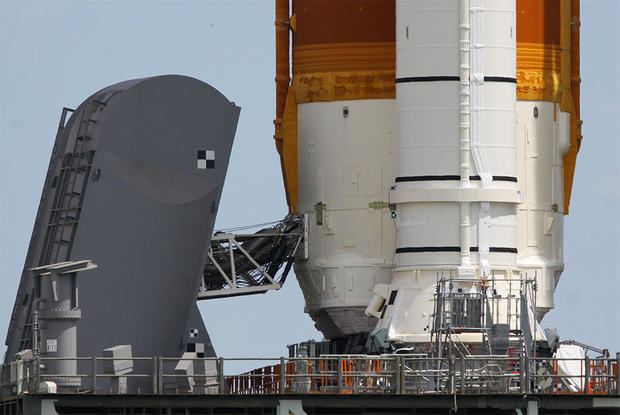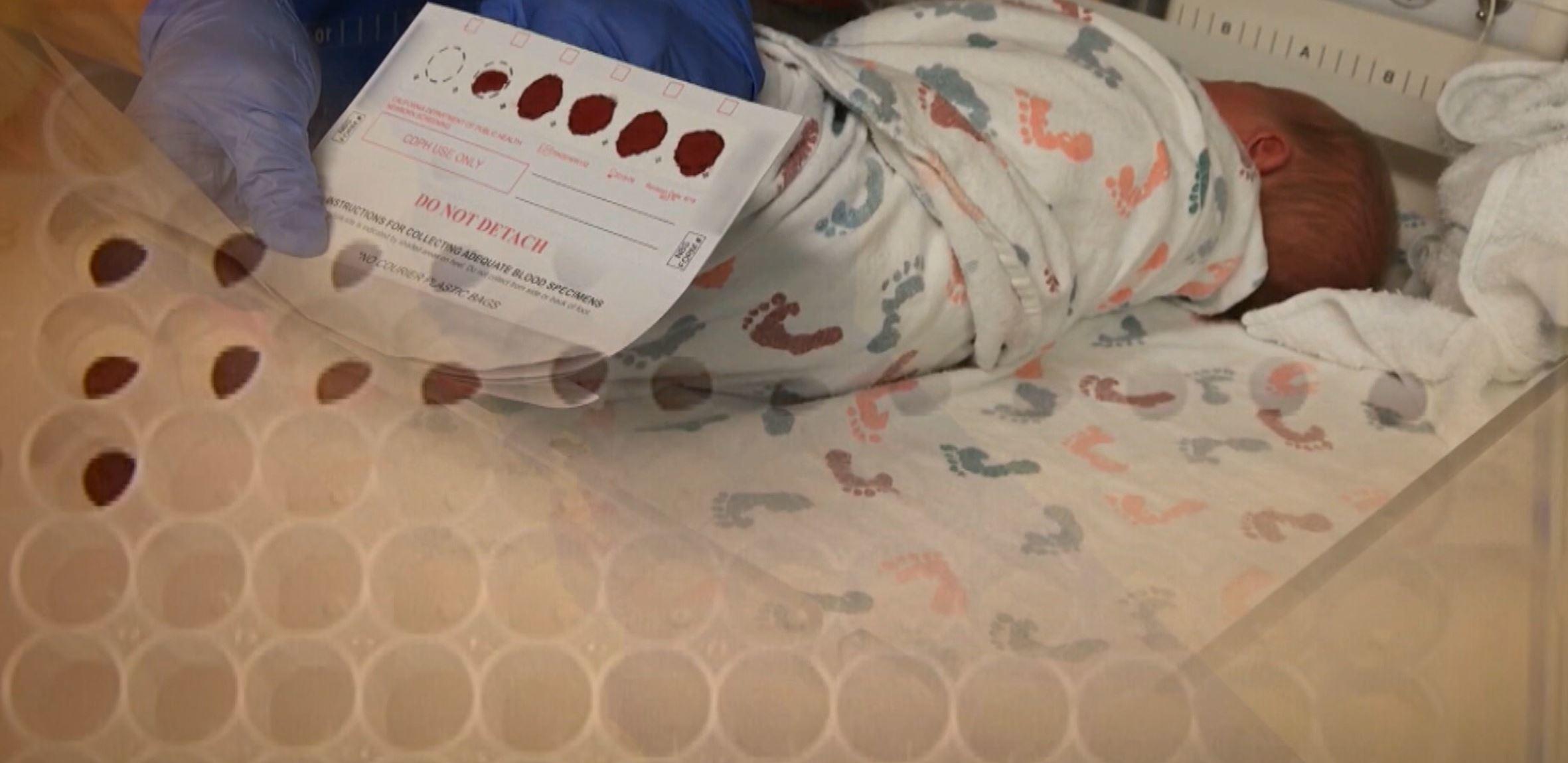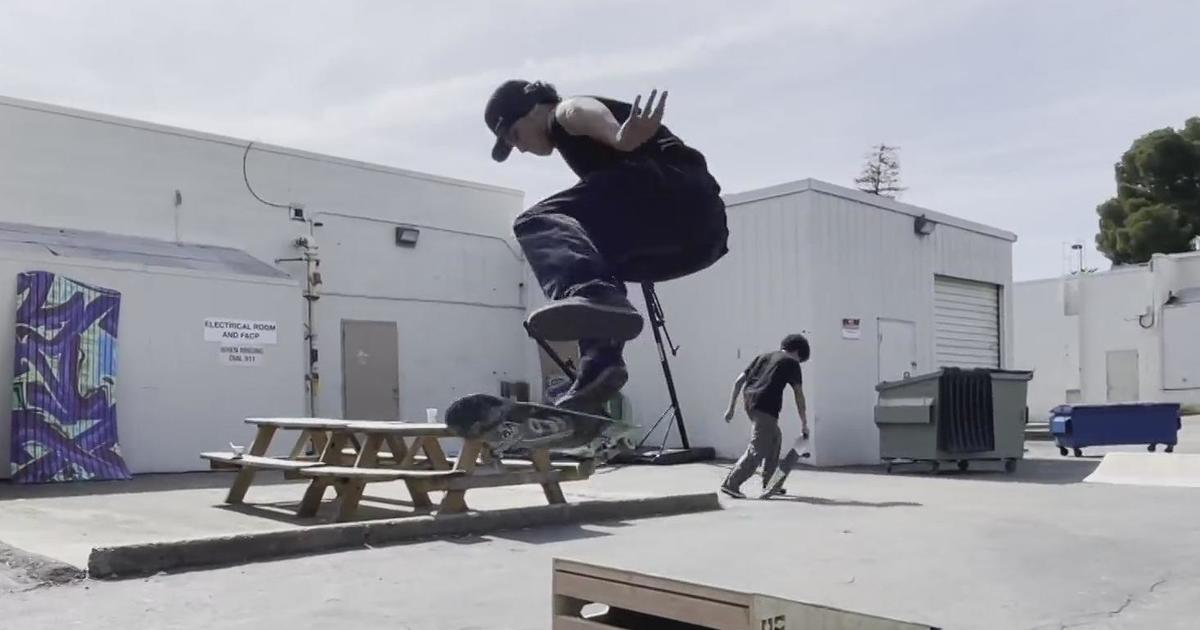NASA awaits permission to press ahead with next moon rocket launch try
Engineers worked Thursday to remove and replace leaking seals in quick-disconnect fittings at the base of NASA's giant Space Launch System moon rocket, setting the stage for a fueling test as early as Sept. 17 to clear the way for a third launch try on Sept. 23.
But that assumes the fueling test shows the repaired hardware is leak free and that the Space Force Eastern Range, which is responsible for ensuring public safety during military and civilian launches from Florida, approves a waiver allowing NASA to proceed without first re-testing batteries in the rocket's self-destruct system.
The batteries originally were certified for 20 days, starting just before the SLS rocket's rollout to the launch pad in mid-August. That limit later was extended to 25 days to give NASA an additional launch opportunity.
After launch delays Aug. 29 and Sept. 3, however, NASA wants another extension, saying tests on similar systems indicate the batteries remain healthy well beyond their certified shelf life.
But the batteries cannot be accessed at the launch pad and if a waiver is not granted and a re-test is required, the SLS rocket would have to be hauled back to NASA's Vehicle Assembly Building, likely delaying the long-awaited flight to late October or November.
"We did submit our waiver package to them," said Jim Free, NASA's director of exploration. "They've been very gracious and understanding of what we're trying to do. ... It's our job to comply with their requirements. So we will do that.
"Having said that, we're trying to plan a path forward if we're allowed to extend our battery retest requirements on the flight termination system."
The Space Launch System rocket is a key element in NASA's Artemis program, which aims to put the first woman and the next man on the surface of the moon by 2025 or 2026.
But first, NASA wants to launch the SLS rocket on an unpiloted test flight around the moon to verify the performance of the booster, the most powerful ever built for NASA, and the Orion crew capsule that eventually will carry astronauts to and from deep space.
The agency carried out four fueling tests of the rocket going into the initial launch attempt Aug. 29. But the fueling tests were married by technical glitches, leaks and other unexpected problems, and the first launch try was called off because of uncertainty about required engine cooling.
During NASA's second launch attempt last Saturday, sensors detected a leak near a quick-disconnect fitting where an 8-inch liquid hydrogen fuel line feeds propellant into the base of the booster's first stage.
Since then, "we've been busy deconfiguring from launch and then working to repair the hydrogen leak that we found during tanking," said Mike Bolger, exploration ground systems manager at the Kennedy Space Center.
"The repair is basically to remove and replace seals on the 8-inch fill-and-drain quick-disconnect and then also the 4-inch (engine cooling) QD that are both at that interface" between ground systems and the rocket.
The hydrogen umbilical was disconnected Wednesday and the seals were given an initial inspection. After erecting a tent-like environmental enclosure, engineers worked Thursday to remove the seals in question before installing replacements.
The presumably repaired quick-disconnect fittings and seals will be put to the test when the first and second stages of the SLS rocket are again loaded with cryogenic liquid oxygen, at minus 294 degrees Fahrenheit, and liquid hydrogen at minus 423 degrees.
Hydrogen leaks typically only show up under cryogenic conditions, and "we're looking at a cryo demo for verification of the seal," Bolger said. "We've set a target date of September 17. Our timeline to get to that is pretty close, so I would not be surprised to see it slip a day or two."
The leaks that cropped up in earlier fuelings tended to show up during transitions from slow-to-fast flow rates when pressure in the frigid lines suddenly increased. Bolger said the team is adopting a "kindler and gentler" approach for the fueling test, reducing flow rates and pressures to lower stress on the hardware.
"We think that may help reduce the stress of pulses or sudden changes on the seals," he said. "So big picture, by replacing the seals and going through this cryo event, making the fueling process as benign as possible, we're optimistic that we can knock this problem flat and have a successful tanking."
If the test goes well and if the Eastern Range grants a waiver on the self-destruct batteries, NASA will aim for a launch attempt on Sept. 23 with a backup opportunity on Sept. 27.
The gap between the two opportunities is needed to ensure NASA's Deep Space Network is available to support communications with the agency's DART spacecraft, on course to slam into a small asteroid on Sept. 26. The mission will test the feasibility of one day diverting an asteroid that might be on a collision course with Earth.
After Sept. 27, NASA will focus on launching its next crew to the International Space Station aboard a SpaceX Crew Dragon spacecraft on Oct. 3.






